You are currently in the "Adult" - Learning paths
1


Adult Niche: The Gold Mine in Affiliate Marketing
6 min read
2
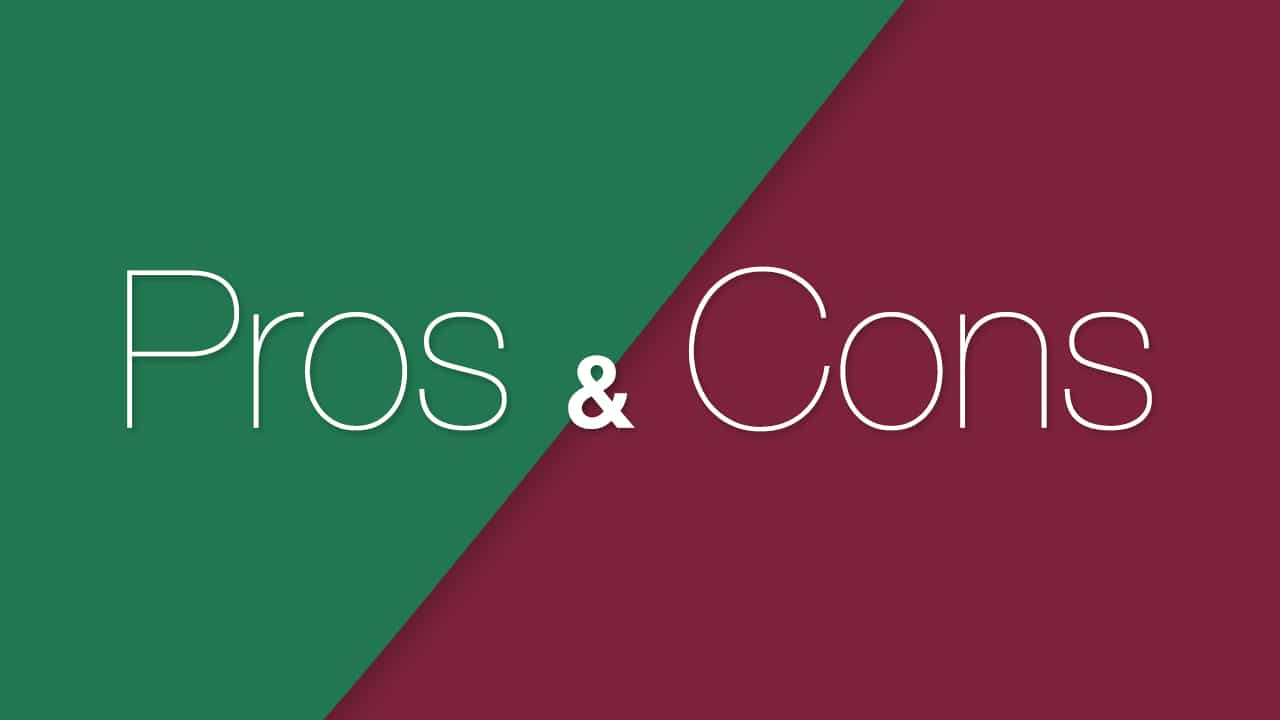

Adult Ad Networks Analysis (Pros and Cons)
14 min read
3
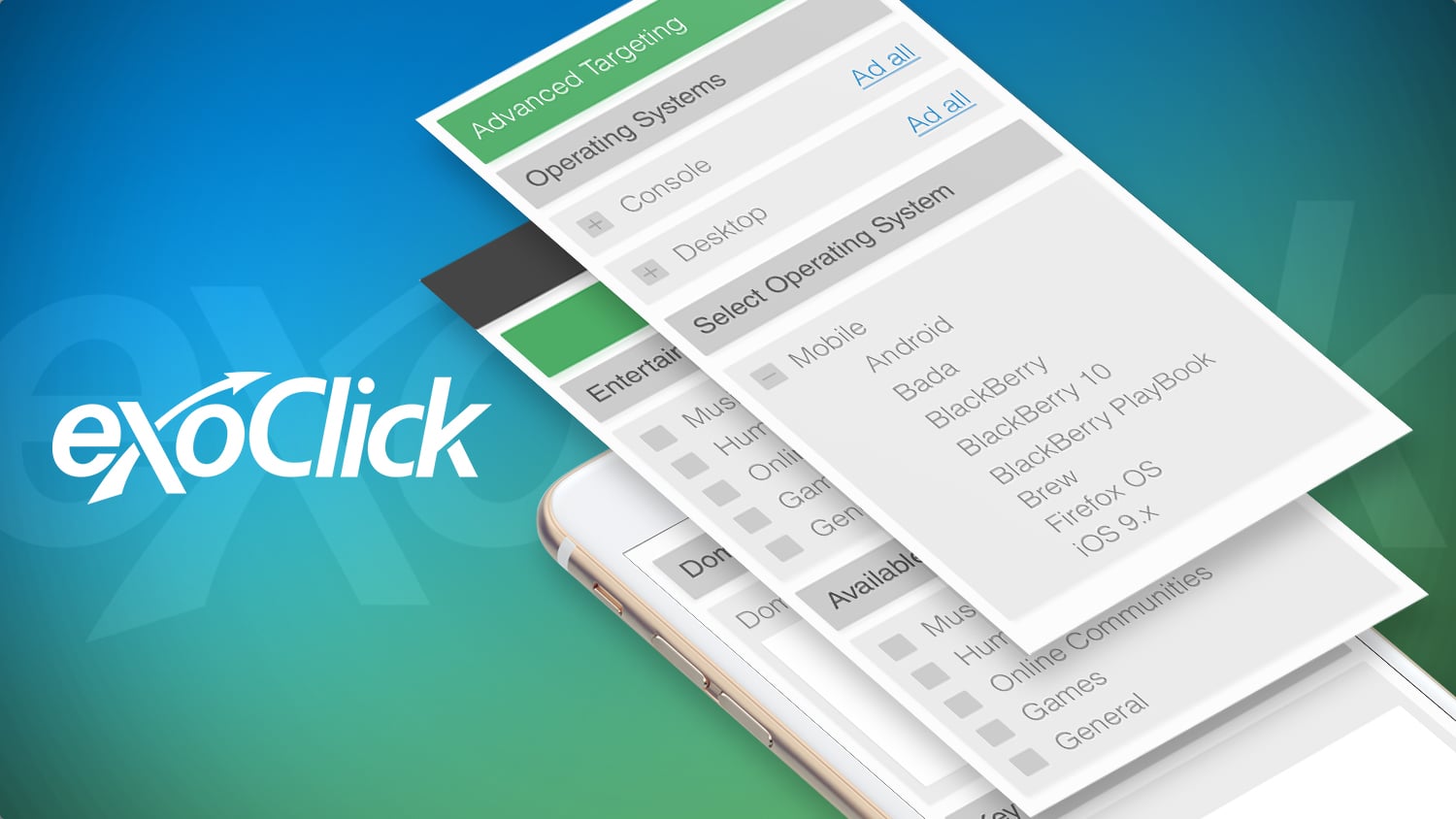

How to Create a Killer Mobile Campaign on ExoClick
9 min read
4
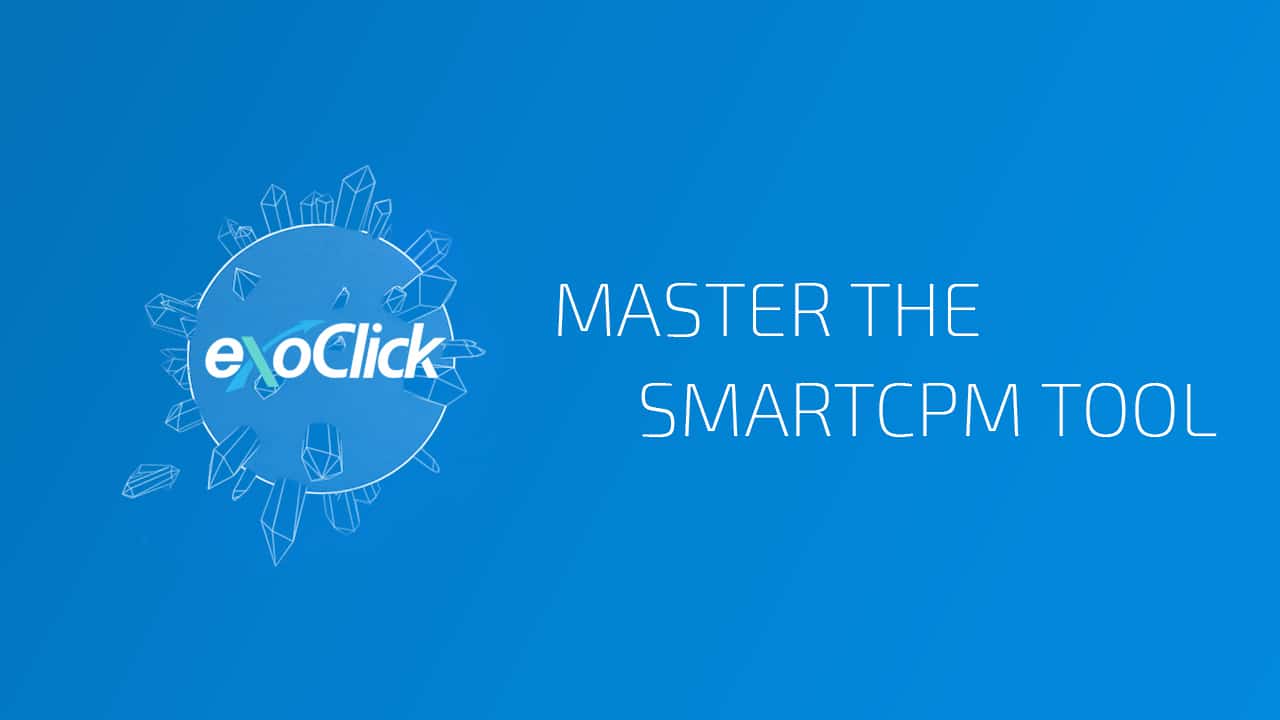

How to Effectively Use the SmartCPM Tool on ExoClick
6 min read
5


Whitelist Campaign Case Study in the Adult Vertical
8 min read
6
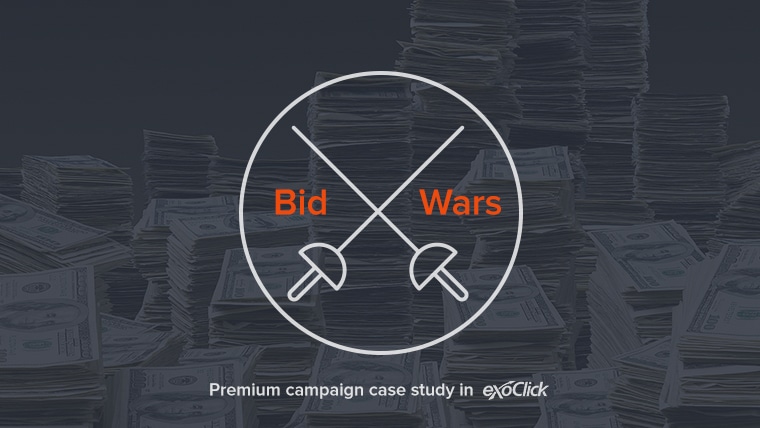

A Premium Campaign Case Study on ExoClick
7 min read
7
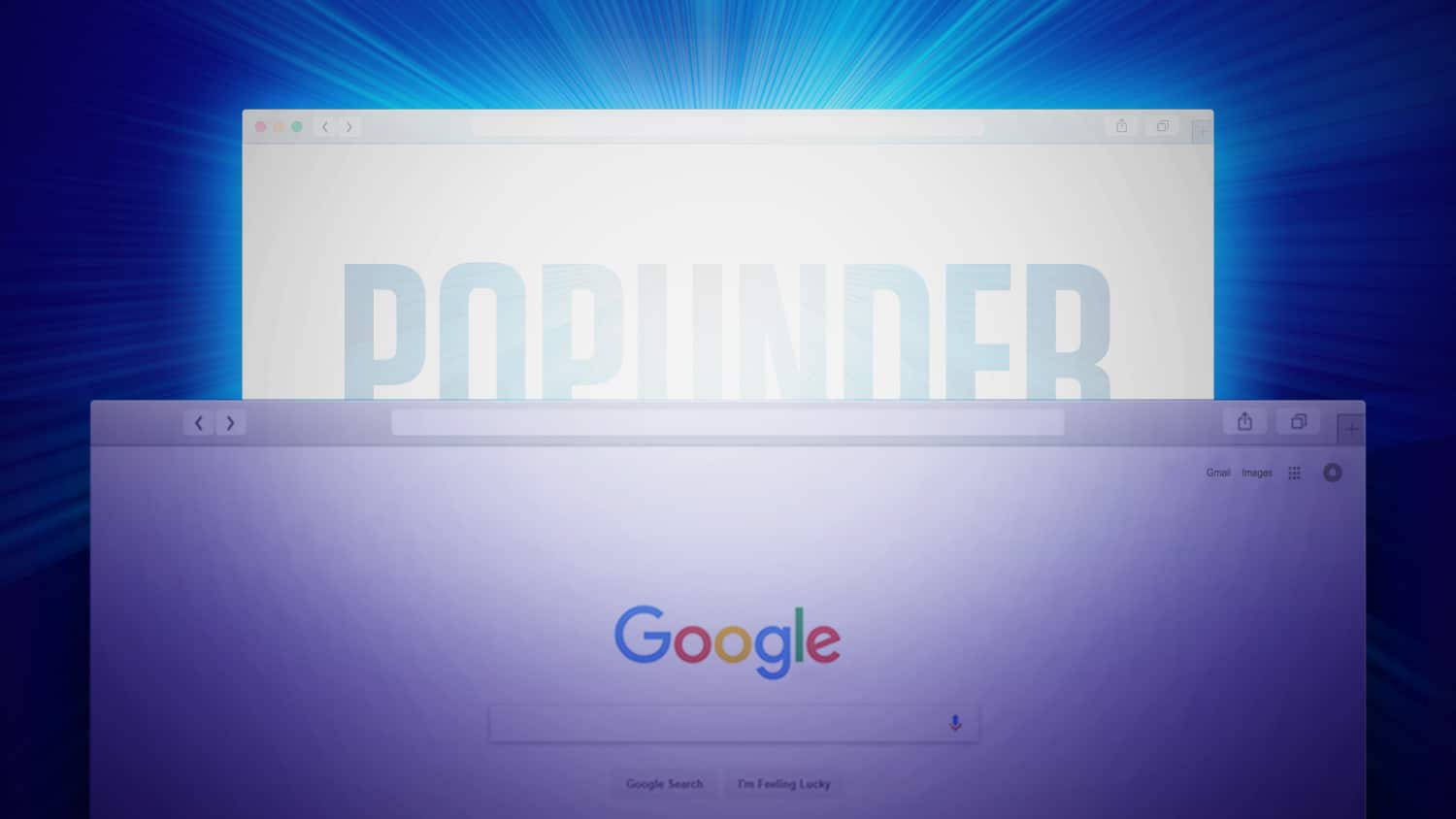

What is a Popunder Ad & How to Use It (Explained)
11 min read
8


Best Adult WordPress Themes for Tubes and Blogs
13 min read

